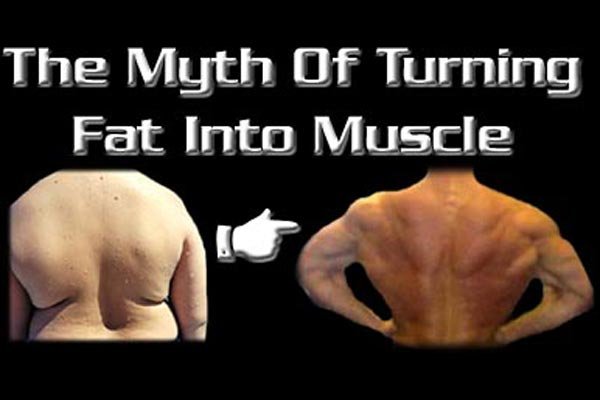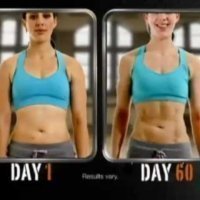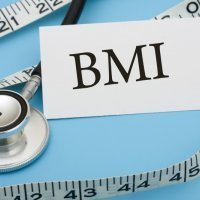How to turn fat into muscles?
If you do think that such transubstantiation is possible, you are really mistaken. In fact, there is no chance to turn fat into muscles like you can’t make a vehicle from gasoline. Though these things seem to be closely related, still they are completely different both in application target and composition.
What muscles are made of?
Muscles are 80% of water and 20% of protein. The texture of muscle fiber, called myofibrils which perform the main muscle function of contraction, consists of several kinds of protein (mainly actin and myosin). Other proteins such as desmin, dystrophin, spectrin form the frame of muscle fibers. Protein is the major component of various membranes including intracellular ones. The intercellular connective tissue, ligaments and tendons of muscles consist of proteins too. Even enzymes, substances providing various chemical reactions related to muscles functioning in muscle cells, are proteins in point of fact. And intracellular fluid (sarcoplasm) looks like a gel, because large amount of protein, mainly the enzymes, is dissolved in it.
Multifunctional proteins
And what do we know about proteins? Proteins are the most functionally diverse elements which are usually used as building material in a body. But they are not used for this purpose directly. After getting into a body proteins are degraded into components (amino acids). Then amino acids are absorbed into bloodstream and spread to all body cells. And only then, in every cell proteins specified for this particular type of cells are formed from amino acids which were delivered to the cell. And proteins synthesized in cells are not included into cell structures forever since in the body tissues reverse breaking of proteins into amino acids takes place constantly. This means that if suddenly a body needs energy, proteins are easily degraded into amino acids and then can be used as energy although under normal circumstances this work is made by carbohydrates. And when the received energy remains unspent, it is converted into fat and deposited under the skin for long term storage.
As you can see, proteins can do almost everything, including turning to fat. And fat deposits are composed of ... fat and, alas, its functionality is quite narrow.
What is fat for?
Fat is a source of calories (energy units) and it can not perform functions of the other nutrients as well as it can not be turned to anything else but energy. Fat deposits are accumulated in a body just with the aim to provide it with energy in case of starving, stress, hypothermia and other uncomfortable and even dangerous situations. To put it simply, fat is like a battery for a car which will help to drive 200-300 meters even if there is no gasoline in a tank. Good news: accumulating fat for years a person with 10-15 kg of excessive weight will live for 15-30 days longer than his lean friend, if they both have to starve.
Something you can really do
But there is a point in the myth about turning fat to muscles. Actually, on a hormonal level both mass build-up and accumulation of fat are the parts of a larger process and they are both controlled by anabolics. Therefore, if there is fat deposit in a body, in most cases this means there are all the conditions for building muscle mass too. And for the same reason, it is almost impossible to simultaneously build muscles and loose weight. These are opposing processes and experienced athletes and coaches recommend people with excessive weight at first to burn fat and only then to begin gaining muscle mass. It is sad that the majority of newcomers prefer directly opposed approach relying on mythical transubstantiation of fat into muscles.







